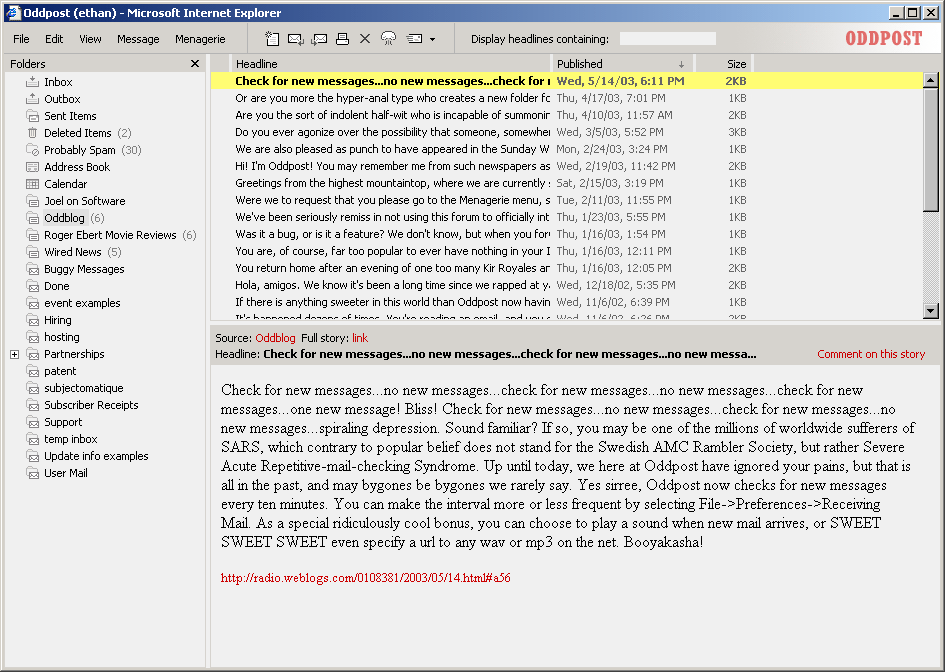It is hard to believe that the Shenzhen ecosystem was built over just a few decades. Just over 30 years ago China moved from a period of cultural isolation to gradually opening up to the commercial world beyond its borders. The place to naturally start this was in Guangdong province close to the then British colony of Hong Kong. A small fishing village grew to become the workshop of the world. The growth of Shenzhen was driven by investment from multi-nationals and overseas Chinese. One of the earliest industrial areas was called Overseas Chinese Town or OCT. OCT has changed from manufacturing to retail and offices for the creative industries in the former factory buildings.
Hong Kong had built up capability and expertise in light manufacturing and clothing from the 1950s through the 1970s. It is still important for supply chain intermediaries. This was the ‘golden age’ of Hong Kong. This is how many of the Hong Kong oligarchs made their first fortunes; which they then invested overseas, in China and into the Hong Kong real estate market.
Globalisation had started after the second world war. But the opening up of China threw it into overdrive. Hong Kong industrials moved manufacturing plants for clothing, shoes, toys, plastic goods and electrical appliances to China.
They were joined by Taiwanese electronics manufacturers and then multinationals from Europe, America and Japan. Hong Kong clothing manufacturers provided China supply chain expertise to western retailers like Walmart.
The Shenzhen ecosystem was built on manual production. The deft fingers of Chinese women workers allowed a lot more precision than Japanese pick-and-place machines. Which meant a lot more flexibility in manufacturing using the Shenzhen factories. You wouldn’t have an iPhone if you used pick-and-place robots on the production line.
Electronics manufacturing
At first, these companies were used to fatten the wallets of customers who took on the marketing and distribution of electronics in the West. The dirty secret about many PC and laptop designs was they were standard underneath. Then this cost saving was passed on to the customer as people like Dell went for close to lowest price operator based on a direct mail / online direct ordering and cut out the channel.
Finally that wasn’t enough, and most of the laptop and PC resellers make no money. Instead the main people to profit from these sales were Microsoft which licensed it’s Windows operating system and Intel which provided the majority of compatible micro-processors capable of running Windows-compatiable applications. In the PC industry there is usually just two or three profitable manufacturers and one of them is Apple. Historically it was Dell, then Hewlett-Packard and now it is likely to have be Lenovo.
Shrinking PC-esque computing power into the palm of one’s hand was inevitable with the rise of flash storage and Moore’s Law facilitating power-efficient processors. The challenge is battery technology, packaging and industrial design. Apple pushed the envelope with suppliers. Hon Hai and other manufacturers installed hundreds of CNC machines to fabricate thousands of metal phone chassis. These radical changes in manufacturing capability were opened up to lower tier manufacturers raising the standard of fit and finish immeasurably over a few years.
Now Xiaomi and Lenovo product handsets that have better build quality than many Samsung and HTC handsets. The performance is good enough (again thanks to Moore’s Law) and the handsets run the same applications. Sony, HTC and Samsung handsets look as marooned as Sony’s Vaio PC range in the Windows eco-system.
Shenzhen’s ecosystem has been a great leveller of manufacturing and industrial design capabilities with Apple at the leading edge of what’s possible from an industrial design and materials technology.
More information
Shenzhen Government Online – this loads slow like they are phoning the pages in from 2002, but is informative
The smartphone value system – An earlier piece I wrote about the challenges of the Android eco-system
